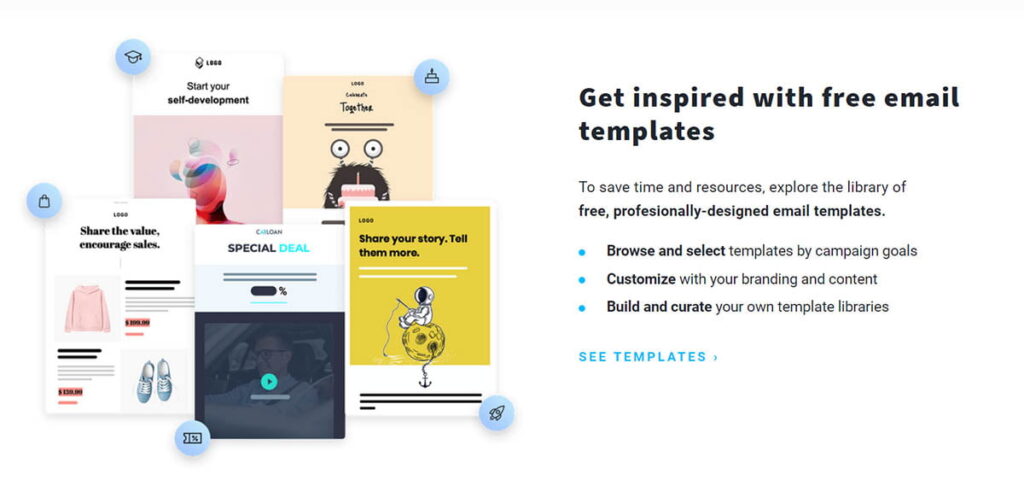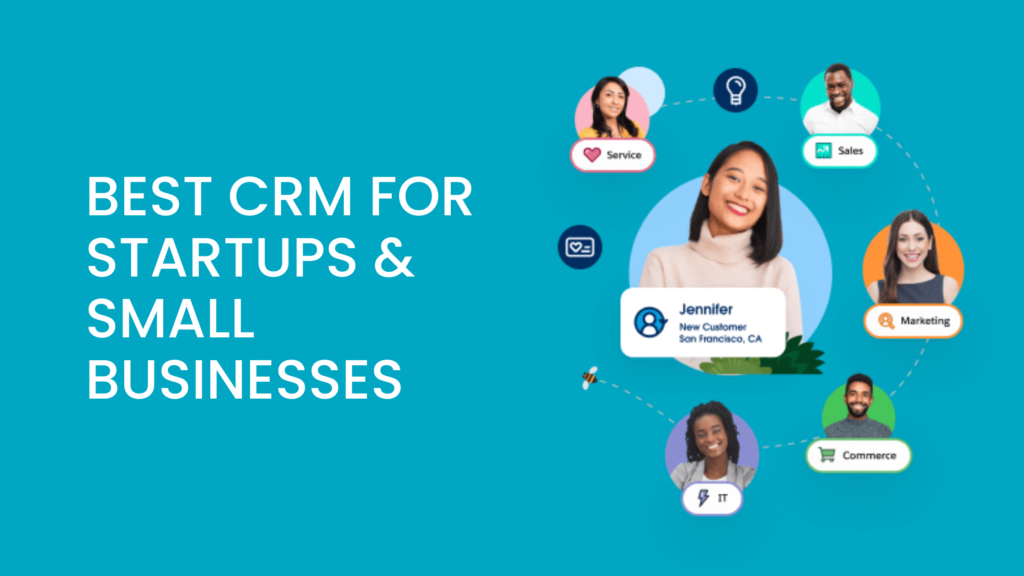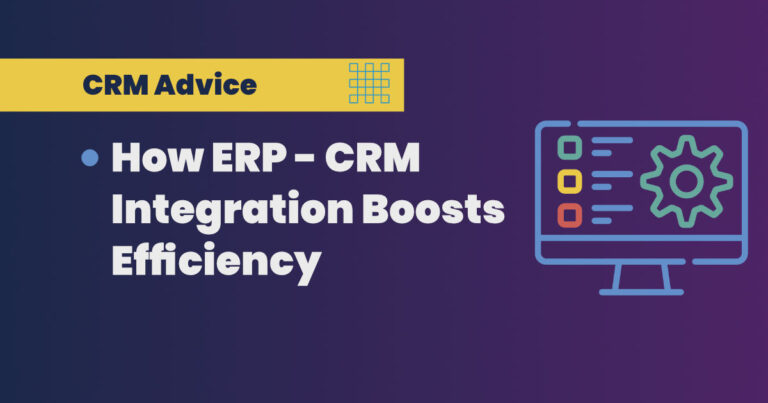
Boost Your Business: Crafting Irresistible CRM Marketing Email Templates
In today’s competitive digital landscape, email marketing remains a powerful tool for businesses of all sizes. But simply sending emails isn’t enough. To truly connect with your audience, nurture leads, and drive conversions, you need to leverage the power of Customer Relationship Management (CRM) and craft compelling email templates. This comprehensive guide dives deep into the world of CRM marketing email templates, providing you with the knowledge and strategies to create emails that captivate, convert, and cultivate lasting customer relationships. We’ll explore the essential elements of effective templates, offer practical examples, and provide insights into optimizing your campaigns for maximum impact.
Understanding the Power of CRM in Email Marketing
Before we delve into the specifics of email templates, let’s understand why CRM is so crucial in modern email marketing. CRM systems are designed to manage and analyze customer interactions and data throughout the customer lifecycle. This data-driven approach allows businesses to personalize their communications, segment their audience, and tailor their messaging to resonate with individual needs and preferences. Integrating CRM with your email marketing efforts transforms your campaigns from generic blasts to targeted, relevant communications that drive engagement and results.
Benefits of CRM Integration
- Personalization: CRM data enables you to personalize emails with the recipient’s name, purchase history, preferences, and more.
- Segmentation: Segment your audience based on demographics, behavior, purchase history, and other criteria to deliver highly targeted messages.
- Automation: Automate email sequences based on triggers, such as website visits, form submissions, or purchase events.
- Improved Targeting: Identify and target specific customer segments with tailored content and offers.
- Enhanced Reporting: Track email performance and measure the effectiveness of your campaigns with detailed analytics.
Essential Elements of Effective CRM Marketing Email Templates
Crafting effective email templates requires a strategic approach. These are some critical elements to consider:
1. Compelling Subject Lines
Your subject line is the first impression. It’s the key to getting your email opened. Make it concise, engaging, and relevant to the recipient. Consider using personalization, such as including the recipient’s name or mentioning a recent purchase. A/B test different subject lines to see what resonates best with your audience. Avoid spam trigger words and focus on creating a sense of curiosity or urgency.
2. Personalized Greetings
Start your email with a personalized greeting, such as “Dear [Name]” or “Hi [Name].” This simple gesture demonstrates that you value the recipient and are not sending a generic mass email. If you don’t have the recipient’s name, use a general greeting like “Hello” or “Welcome.”
3. Clear and Concise Content
Get straight to the point. State the purpose of your email clearly and concisely. Use short paragraphs, bullet points, and headings to make your content easy to scan and digest. Avoid jargon and technical terms that your audience may not understand.
4. Visually Appealing Design
Use a clean and professional design that reflects your brand identity. Incorporate your logo, brand colors, and other visual elements to create a consistent and recognizable brand experience. Ensure your email is mobile-friendly, as a significant portion of your audience will likely be reading your emails on their smartphones or tablets. Use images sparingly, and optimize them for fast loading.
5. Strong Call-to-Action (CTA)
Every email should have a clear call to action. Tell the recipient what you want them to do, whether it’s visiting your website, making a purchase, downloading a resource, or scheduling a consultation. Make your CTA visually prominent, using a button or a highlighted link. Use action-oriented language, such as “Shop Now,” “Learn More,” or “Get Started Today.”
6. Mobile Optimization
With the majority of emails being opened on mobile devices, it’s critical that your templates are responsive and look great on all screen sizes. Test your templates on different devices and email clients to ensure optimal viewing experience. Use a single-column layout, large font sizes, and ample white space to enhance readability on mobile devices.
7. Compliance and Legal Considerations
Adhere to all relevant email marketing regulations, such as GDPR, CAN-SPAM, and CCPA. Include an unsubscribe link in every email, and make it easy for recipients to opt out of your mailing list. Clearly state your privacy policy and how you handle customer data.
Types of CRM Marketing Email Templates
Here are some common types of CRM marketing email templates that can be used to engage your audience:
1. Welcome Emails
Welcome emails are sent to new subscribers or customers. They’re a great opportunity to introduce your brand, set expectations, and provide valuable information. Include a warm welcome message, a brief overview of your products or services, and a clear call to action, such as encouraging the recipient to explore your website or follow you on social media.
Example:
Subject: Welcome to [Your Company Name]!
Hi [Name],
Welcome to the [Your Company Name] community! We’re thrilled to have you. Get ready for exclusive deals, helpful tips, and exciting updates.
Click here to explore our website [link to website]
Sincerely,
The [Your Company Name] Team
2. Promotional Emails
Promotional emails are designed to drive sales and generate leads. They can announce special offers, discounts, new product launches, or limited-time promotions. Make your promotional emails visually appealing, with high-quality images and a clear call to action. Segment your audience based on their interests and purchase history to send highly relevant promotions.
Example:
Subject: Exclusive Offer for [Name] – 20% Off!
Hi [Name],
As a valued customer, we’re offering you an exclusive discount of 20% off your next purchase. Use code [Discount Code] at checkout.
Shop Now: [link to shop]
Offer ends [Date]
Sincerely,
The [Your Company Name] Team
3. Nurturing Emails
Nurturing emails are designed to build relationships with leads and guide them through the sales funnel. These emails provide valuable content, such as educational resources, blog posts, or case studies. Segment your audience based on their stage in the sales funnel and send targeted nurturing emails that address their specific needs and pain points.
Example:
Subject: How to [Solve a Problem] – Free Guide
Hi [Name],
Are you struggling with [Problem]? Download our free guide on how to [Solution].
Download the Guide: [link to guide]
Sincerely,
The [Your Company Name] Team
4. Transactional Emails
Transactional emails are triggered by specific actions, such as purchases, form submissions, or password resets. These emails provide important information and updates to customers. Ensure your transactional emails are clear, concise, and professional. Personalize these emails with the recipient’s name and order details.
Example:
Subject: Your Order Confirmation
Hi [Name],
Thank you for your order! Here’s your order confirmation.
Order Number: [Order Number]
Order Summary: [Order Summary]
Sincerely,
The [Your Company Name] Team
5. Re-engagement Emails
Re-engagement emails are sent to inactive subscribers to encourage them to re-engage with your brand. These emails can offer a special discount, highlight new products or services, or simply remind subscribers of the value you provide. Segment your audience based on their level of inactivity and send personalized re-engagement emails that address their specific reasons for disengagement.
Example:
Subject: We Miss You, [Name]!
Hi [Name],
We’ve missed you! Come back and enjoy [Discount or benefit].
Shop Now: [link to shop]
Offer ends [Date]
Sincerely,
The [Your Company Name] Team
6. Feedback and Survey Emails
These emails are used to gather customer feedback and improve your products or services. They can include a survey or a simple request for feedback. Make it easy for customers to provide feedback by using a simple, user-friendly survey format. Offer an incentive for completing the survey, such as a discount or a free gift.
Example:
Subject: Share Your Thoughts – Get 10% Off!
Hi [Name],
We’d love to hear your feedback on your recent experience. Take a short survey and get 10% off your next purchase.
Take the Survey: [link to survey]
Sincerely,
The [Your Company Name] Team
Best Practices for CRM Email Template Creation
To maximize the effectiveness of your CRM email templates, consider the following best practices:
1. Know Your Audience
Before you start creating your email templates, take the time to understand your audience. What are their needs, interests, and pain points? What are their preferred communication channels? The more you know about your audience, the better you can tailor your email content to resonate with them.
2. Segment Your Audience
Don’t treat your entire audience as a single entity. Segment your audience based on demographics, behavior, purchase history, and other criteria. This allows you to send highly targeted emails that are more relevant to individual recipients. Segmentation can significantly improve your open rates, click-through rates, and conversion rates.
3. Personalize Your Emails
Personalization is key to engaging your audience. Use the recipient’s name, purchase history, and other data to personalize your emails. This shows that you value the recipient and are not sending a generic mass email. Personalization can significantly improve your email performance.
4. A/B Test Your Templates
A/B testing involves creating two versions of an email template and testing them on a portion of your audience to see which one performs better. Test different subject lines, content, designs, and calls to action. A/B testing allows you to continuously optimize your email templates and improve your results.
5. Optimize for Mobile
Ensure your email templates are responsive and look great on all devices, especially mobile. Optimize your email design for mobile viewing by using a single-column layout, large font sizes, and ample white space. Test your email templates on different devices and email clients to ensure optimal viewing experience.
6. Track Your Results
Track your email performance with detailed analytics. Monitor key metrics, such as open rates, click-through rates, conversion rates, and unsubscribe rates. Use this data to identify what’s working and what’s not, and make adjustments to your email templates accordingly. Regular monitoring and analysis are essential for continuous improvement.
7. Maintain a Consistent Brand Voice
Use a consistent brand voice across all your email communications. This helps to build brand recognition and create a cohesive customer experience. Your brand voice should reflect your brand’s personality and values. Be authentic, engaging, and professional.
8. Provide Value
Always provide value to your subscribers. Offer valuable content, exclusive deals, helpful tips, and other resources that meet their needs and interests. Avoid sending emails that are purely promotional or self-serving. Focus on building relationships and providing value to your audience.
Choosing the Right CRM and Email Marketing Platform
Selecting the right CRM and email marketing platform is crucial for the success of your email campaigns. There are many platforms available, each with its own features, benefits, and pricing. Consider the following factors when choosing a platform:
1. Features
Look for a platform that offers the features you need, such as personalization, segmentation, automation, and reporting. Make sure the platform integrates seamlessly with your existing systems.
2. Ease of Use
Choose a platform that is easy to use and navigate. The platform should have a user-friendly interface and provide helpful resources, such as tutorials and documentation.
3. Integration
Ensure the platform integrates with your other business systems, such as your website, e-commerce platform, and social media channels. This will streamline your workflow and improve your data management.
4. Pricing
Consider the pricing of the platform and choose a plan that fits your budget. Look for a platform that offers flexible pricing options and transparent pricing models.
5. Customer Support
Choose a platform that offers excellent customer support. Look for a platform that provides responsive support via email, phone, and live chat.
Popular CRM and Email Marketing Platforms
Here are some popular CRM and email marketing platforms to consider:
1. HubSpot CRM
HubSpot CRM is a comprehensive CRM platform that offers a wide range of features, including email marketing, marketing automation, sales automation, and customer service tools. It’s known for its user-friendly interface and robust integrations.
2. Salesforce Sales Cloud
Salesforce Sales Cloud is a leading CRM platform that is ideal for businesses of all sizes. It offers a wide range of features, including contact management, lead management, opportunity management, and sales analytics. Salesforce offers robust email marketing capabilities through its Marketing Cloud.
3. ActiveCampaign
ActiveCampaign is a popular email marketing and marketing automation platform that is known for its powerful automation features. It offers a wide range of features, including email marketing, segmentation, automation, and CRM functionality.
4. Mailchimp
Mailchimp is a user-friendly email marketing platform that is ideal for small businesses and startups. It offers a wide range of features, including email marketing, automation, and reporting. Mailchimp offers basic CRM functionality.
5. Sendinblue
Sendinblue is an all-in-one marketing platform that offers email marketing, SMS marketing, and CRM functionality. It is known for its affordability and user-friendly interface.
Conclusion
Crafting effective CRM marketing email templates is essential for building relationships, driving conversions, and growing your business. By understanding the essential elements of effective templates, leveraging the power of CRM, and following best practices, you can create email campaigns that captivate your audience and achieve your marketing goals. Remember to always prioritize personalization, segmentation, and providing value to your subscribers. With the right strategy and tools, you can transform your email marketing into a powerful engine for growth.
By consistently applying these strategies and continually refining your approach, you can build a strong and effective email marketing strategy that generates leads, nurtures relationships, and drives substantial revenue for your business. The key is to stay adaptable, analyze your results, and always put your audience first. Happy emailing!

